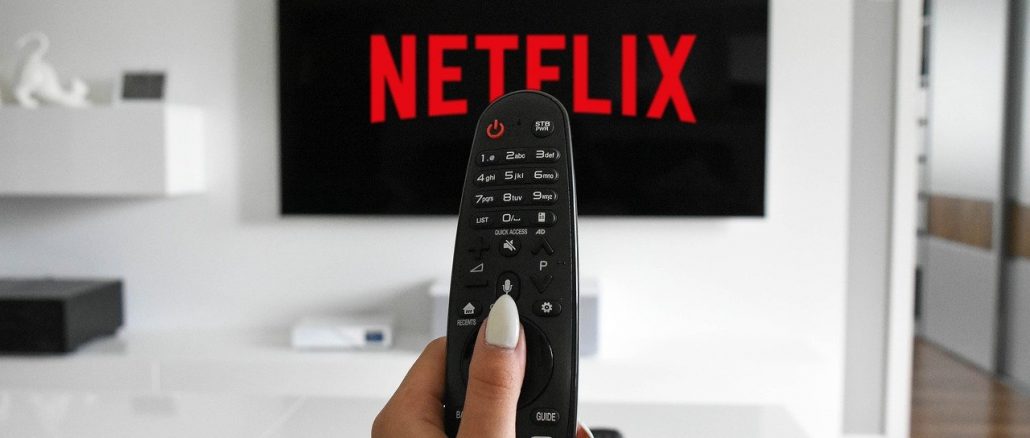
It has been known for a while now that subscription services have become the main way we consume media. Their convenience and variety have been enticing their growing subscriber base since the late 2000s.
Original content such as Stranger Things, Squid Game and (to some chagrin) The Tiger King has been ingrained into memes and pop culture and following their runaway popularity- a form of marketing more traditional medias can only dream of attaining.
With how Netflix typically drops all episodes of a season at once, and with its multitude of series so readily available on-demand, the term ‘binge-watching’ quickly became popularized and normalized, so much so, that ‘binge-watch’ was Collin’s Dictionary’s Word of The Year for 2015.
Mirroring this, Spotify has been enjoying a steady growth in subscribers for the past decade. In 2015, they had 18 million premium subscriptions under their belt. As of December 2021, they have 172 million.
Their popularity has attracted the attention of industry leaders in other fields. Adobe, in recent years, has opted to deliver their Creative Cloud software bundles through a subscription model rather than by means of yearly purchasable releases.
Microsoft’s Xbox Game Pass has been at the forefront of the Xbox brand. Their recent announcement to acquire Activision Blizzard for $68.7 billion spotlighted how this deal would contribute to Game Pass, affirming Microsoft’s position on the service and its importance to them.
To name a few, subscription services of varying media now include Youtube Premium, Amazon Prime, Soundcloud Pro, Reddit Premium, Playstation Now, Twitch Prime, Google Play Pass, Kindle Unlimited and Audible.
Pioneered and popularized by Netflix, the subscription service sector has grown into maturity, and as the novelty becomes the norm, customers have come to expect their content to be delivered in this manner.
No longer are people subscribing for the convenience aspect, they want specific content. Quality and quantity.
Disney and Sky’s push into the sector with Disney Plus and Now TV respectively, have generated some tough competition for Netflix.
A lot of legacy cinema from studios such as Disney or Warner Media are now no longer available on the service as they push their own services, meaning Netflix must rely more on their own original content to maintain interest.
Additionally, in this maturing industry, Netflix has experienced a drop in new subscribers as their growth has reached a point where anyone who wishes to subscribe has done so already, meaning their focus must shift on maintaining this larger subscriber base.
Simultaneously, competing services have been enjoying a steady rise in new subscribers, due to their relative novity.
Netflix’s reliance on their original content may prove challenging, as their subscriber base is more broad and diverse than what it was, say, five years ago; spanning from various ages, backgrounds, cultures and interests, meaning Netflix must produce a wider variety of media in different genres to appeal to everyone.
This requires a greater deal of creativity, talent and ambition than what Netflix’s competitors may need to put in. For example, a lot of Disney Plus’s original content is based on their pre-existing properties with established fan-bases.
It is much easier to greenlight a series about Boba-Fett than it is to greenlight an entirely new franchise that aims to resonate with pop culture like Star Wars does.
This is what Netflix is up against, and investing in creative endeavors is risky, though sometimes it pays off. The popularity of Squid Game saw Netlfix’s stock rise by 7.1% following its release. But sometimes it doesn’t, and each project which fails to captivate a wide enough audience may be considered a hemorrhage of money.
The flow mustn’t stop. Time will not pause. Each quarter, Netflix needs to appease its investors, the malleability and efficiency of one company’s creativity will always be put through the works.
Shows like Squid Game need to keep flowing. Netflix’s content needs to be of high quality and quantity. They can’t celebrate the success of Squid Game, but simply must hope for another runaway success before the next earnings call.
Demand for content will not stop. Consumers are now accustomed to subscription services’ deliverance of content. With a monthly fee cheaper than a DVD, and access more convenient than a trip to Xtravision, it is clear this is the road we’re taking.
For media companies, this can be unpredictable. How they choose to deliver their content is now as important as the content itself. Running services that so directly connect the consumers wallet to their own accounts invokes a larger sense of trust and commitment. No wrong turn can be made in this unpredictable media environment.
No one wants to become the case study that others learn about to avoid hardship.
Daniel Durrand
Image Credit: Pixabay



